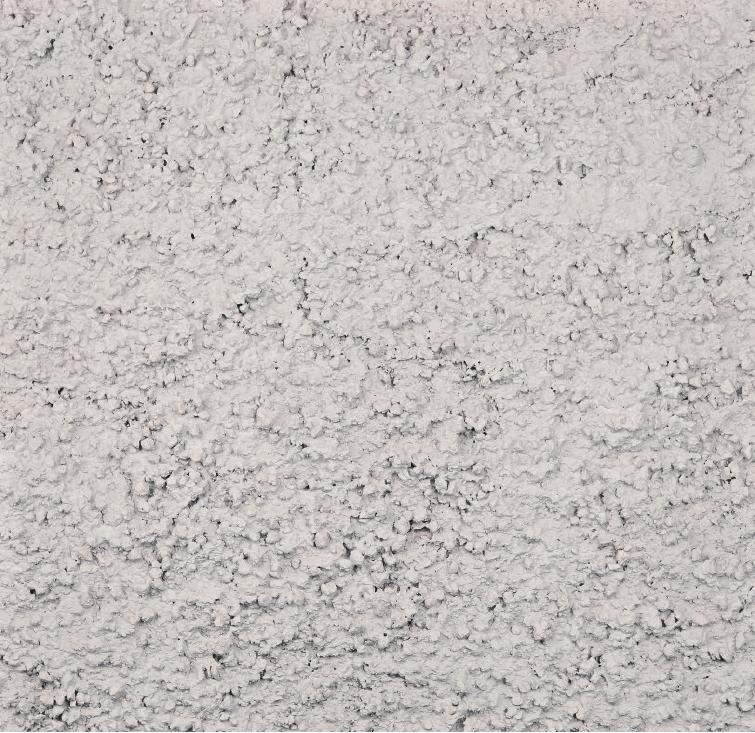Diskurs
Neues aus China
Die Vorurteile, die man als Europäer gegenüber chinesischer Bauausführung hegt, erweisen sich auch bei genauerer Betrachtung meist immer noch als richtig. Fenster, Türen, Betonoberflächen oder Wandbeschichtungen versagen nach ein bis zwei Jahren ihren Dienst. Doch auch in China werden zunehmend bessere Materialien nachgefragt. Edle Geschäfte, Restaurants, Hotels oder Büros haben mittlerweile mindestens denselben Ausstattungsstandard wie ihre Pendants im Westen. Außerdem werden die Bauvorschriften strikter. Dass man dennoch die gängige Praxis beibehalten kann, sich einen ausländischen Architekten mit Rang und Namen zu leisten, die Pläne in Hongkong oder Taiwan ausarbeiten zu lassen und die Ausführung ortsansässigen Firmen zu übergeben, liegt daran, dass handwerkliche Arbeit nach wie vor billig zu haben ist. So kann man sich auf Details konzentrieren, was auf dem chinesischen Markt wichtig ist. Diese Detailarbeiten sind es, die trotz Angleichnung an internationale Standards Uniformität nicht aufkommen lassen werden. Eine spezifisch chinesische Ästhetik prägt weiterhin viele Gebäude: eine fast kalligrafisch zu nennende Fassadengestaltung, das Vertrauen in die Aussagekraft von sehr großen Schildern, die besondere Anordnung von Fenstern und unterschiedlich behandelten Wandoberflächen oder auch die skulpturalen »Gelehrtensteine«. Interessant wird es sein, die Verschmelzung von westlicher und chinesischer Ästhetik zu beobachten, die in der Kunst bereits außerordentich spannende Ergebnisse hervorgebracht hat. Die entstehende Architektur muss nicht vernünftig und erwachsen sein, die Lichtspiele, die man aus Shanghai und anderswo kennt, können uns weiterhin erfreuen. Sofern sie in Bezug auf Umwelt, Konstruktion und Finanzierung auf solidem Fundament steht, kann die chinesische Architektur eine der aufregendsten des 21. Jahrhunderts werden.
~Aaron Betsky
Notes from China
That China is rising and is doing so in thousands of skyscrapers that appear so quickly there is not enough steel to build them is by now a well-known phenomenon that yet does not fail to astonish one when one finds one’s self wandering through Beijing, Shanghai or any of the other dozen cities in China that have more than three million inhabitants. Certainly the sheer scale of construction is unparalleled in human history, as are the social and ecological problems they are creating. The question within the perhaps narrow purview of architecture as to whether the sheer fact of this construction offers anything beyond an economic miracle and an environmental disaster is one I tried to ascertain during a recent visit to five cities there.
Certainly the experience one has both in using and in designing buildings in China is different than in the West. It starts as soon as one tries to use any aspect of a Chinese building more than a year or two old. When one closes the window in a German building, it sounds and feels as if one is closing a Mercedes-Benz door. It may be that there is some innate German will towards solidity and precision engineering, or it may be that building regulations are so specific and strict that they demand solid, double- or even triple-paned, operable windows that then, because of investment and tax policies, are made in a much more expensive way than they are in either the United States or China. In either case, the effect is satisfying, if sometimes also stultifying. Open a window in China and – well, it probably will not open in most high rise office or apartment building, as almost all of these buildings are hermetically sealed and overly air conditioned. If the window does open, it may not close again securely, as I found out in my hotel on my first night in Beijing. The construction of these buildings until recently has also not given one a great deal of confidence, with their concrete dirty and crumbling after a short exposure to the cities’ air pollution and delaminating surfaces of plastic laminates inside peeling away under harsh and direct fluorescent light.
Yet this contrast between what one might expect in the West and in the East is changing rapidly. The rise of a global economy and culture means that standard building practices are now common in China’s large cities, and feats of engineering, often performed by European consultants, are given rise to such marvels as the CCTV Tower and the »Birds Nest« Olympic Stadium currently under construction in Beijing. But it is not just a question of marvels of imported design. If one walks into any high-end store, restaurant, hotel or office, one will see levels of finishes that at least match those to be found in the West, including straight-as-arrow corner beads, completely smooth plaster, carefully lined-up lights and even doors and windows that close with that satisfying swoosh-and-click familiar from Munich to Hamburg.
This rise in quality is the result of both the pull from the demand for higher standards that is also causing Chinese consumer goods to begin to loose their shoddy quality, and the push of more stringent building regulations. Labor is still cheap there, so that, as skills rise, developers can still afford to spend more attention to detailing. The same is true in design practices. Beijing architect Mo Ping, who worked for both I. M. Pei and OMA before starting his own practice, points out that it is still common practice to hire an expensive »name« foreign architect to design an apartment or office tower, then to have a Hong Kong or Taiwan firm work out details so that the building will meet local market demands and standards, and finally have a local firm oversee construction drawings and supervision in great detail and according to local ways of building.
The way of doing business is still different for Western architects in China. Architects usually do not have to pay bribes to work in China, though most developers still do. One prominent German architect who has a very busy office in Beijing points out that the learned after his first commission that it is custom not to pay the architect’s final bill, so he had to factor that cost into the remainder of his fee structure. Large native firms who can also produce strong designs are copying more and more of his designs. Moreover, there are by now two or three generations of young Chinese architects, many partially trained in the West, who have followed pioneers such as Yung Ho Chang in obtaining large commissions and producing work of the highest quality and innovative nature.
What is even more remarkable is variety and quality of work one sees beyond the signature structures that demand so much press attention both in China and abroad. Driving around Beijing, Shanghai, or even Guangzhou or Chongqing, one sees designers displaying great inventiveness in the treatment of what are more or less standard volumes. Chinese architects use such traditions as the small outdoor balcony used for washing and drying clothes that is still part of a standard apartment layout to vary façade depth and express the building’s structure. The gatehouses in front of such buildings become exercises in floating planes and intersecting volumes. The large boxes housing office buildings with much larger floor-plates than are common in the West give designers a chance to create collages of different glass planes in contrasting hues. The need to distinguish such standardized volumes from each other gives them the freedom to experiment with sky-lobbies, spires and other »hats.«
To be sure, much of the result is not of the highest quality, but the sheer variety or different experiments being carried out at such a vast scale makes the skyline of these cities of considerably more interest than those one encounters in Berlin or New York. The question raised by one young Dutch designer is whether the demands for more standardized building methods and a larger investment in construction, as well as the rise in labor costs, will not leech such variety out of the buildings. This may be true, but at the same time there seems to be a distinct aesthetic that may preserve and refine the explosion of surface experimentation. To this Western observer, the almost calligraphic approach to design, as well as the strong reliance on signs at a large scale may be at play just below, or in fact on, the surface of such designs. So may be the decorative and expressive sensibilities one finds in Chinese window and wall treatments and such elements as the sculptural »scholars’ rocks« (rocks from one particular lake that are prized for their expressive forms, used as sculptures). Though it may be easy to overplay the importance of native aesthetic traditions, there is without a doubt a particular appearance to these Chinese cities that distinguishes them. What would be of interest now would be whether the particular marriage between Western and Chinese design and aesthetics that has also produced some of the most interesting modern art of recent decades might do the same in architecture.
Looking out at the Shanghai skyline at night, when the forms have disappeared and only the elaborate lightshows developers have commissioned for their buildings are clearly visible, and when those outlines merge with advertisements while fading off into the ever-present smog, a vision of a new kind of architecture is visible. It may not be a sensible and sound one, but if it can find a solid foundation in environmentally, structurally and financially secure forms, it will produce some of the most exciting architecture of the 21st century.
Aaron Betsky ist Direktor des Cincinnati Art Museum. Davor leitete er das NAI und war Kurator für Architektur, Design und Digital Projects am San Francisco Museum of Modern Art. Als ausgebildeter Architekt hat er rund ein Dutzend Bücher über Architektur und Design verfasst, zuletzt »False Flats: Why Dutch Design Is So Good« (2004).
Teilen:





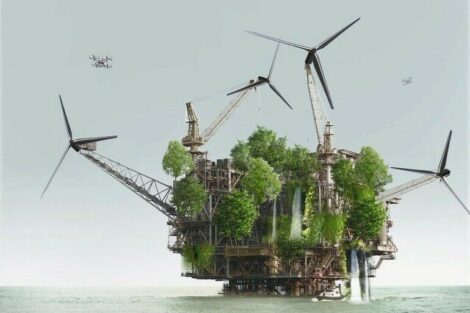
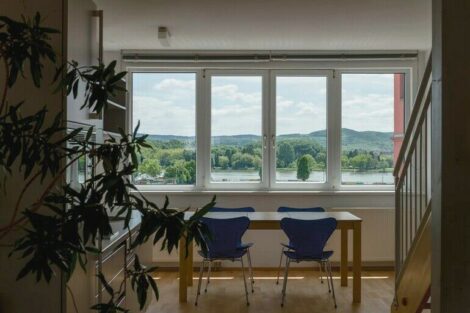
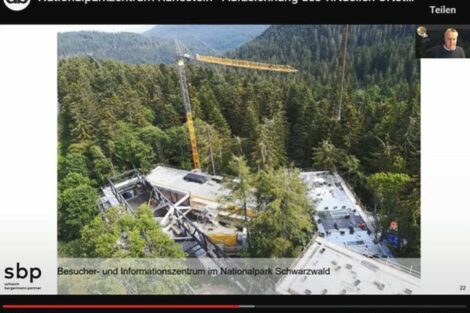
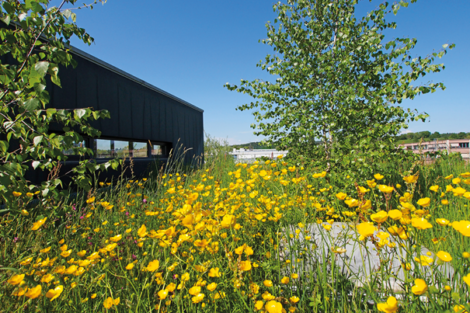

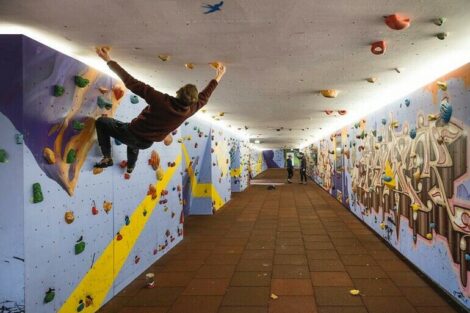
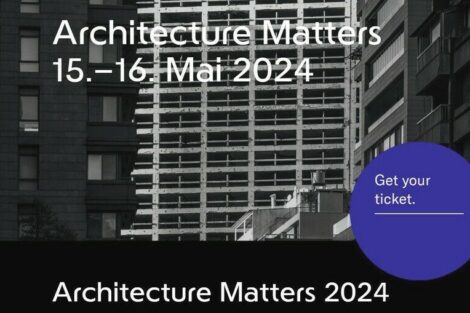
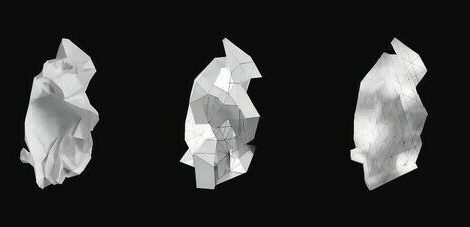
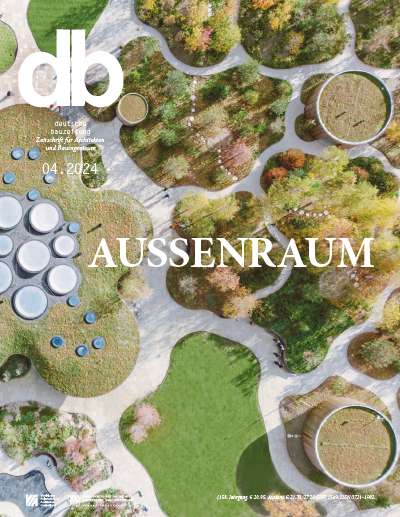

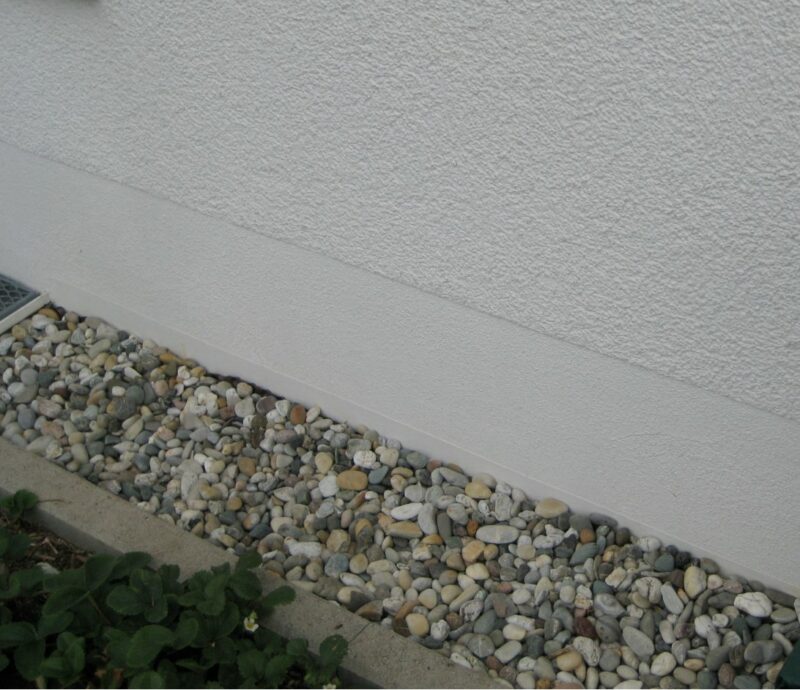
 Trockene Socken
Trockene Socken